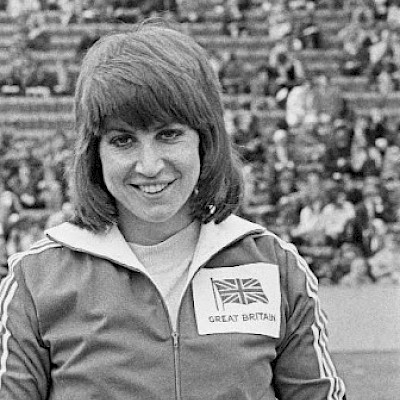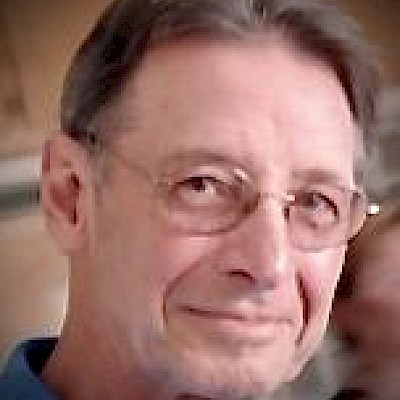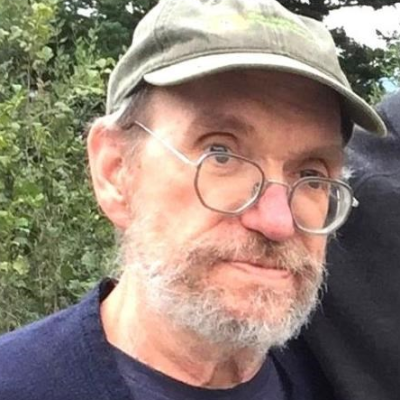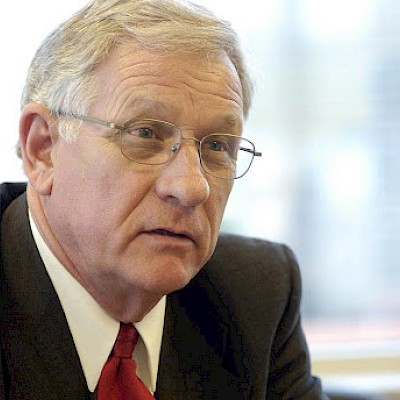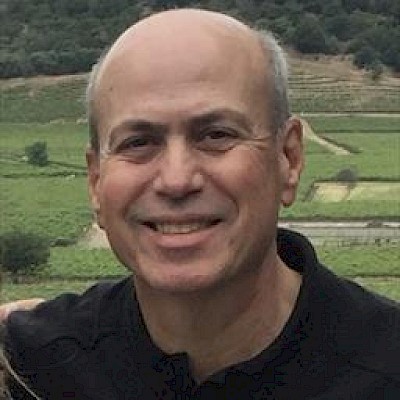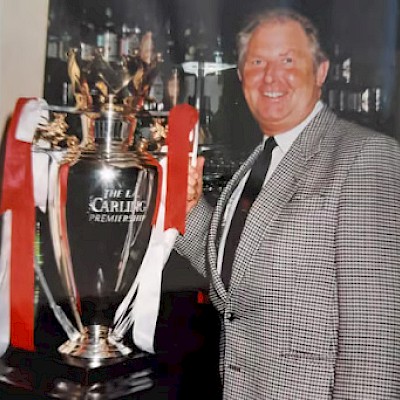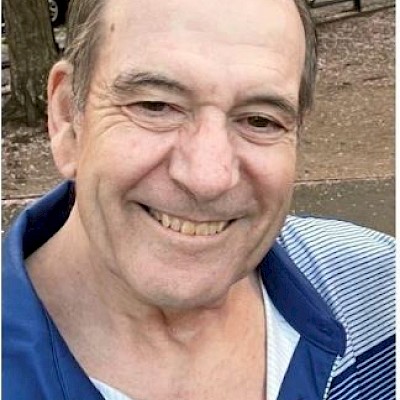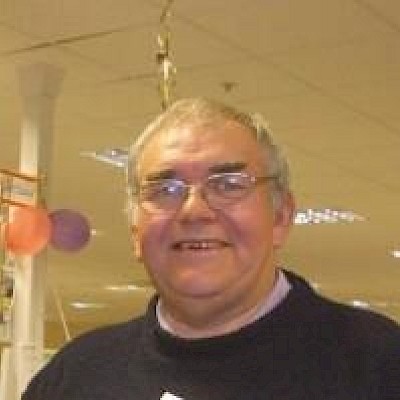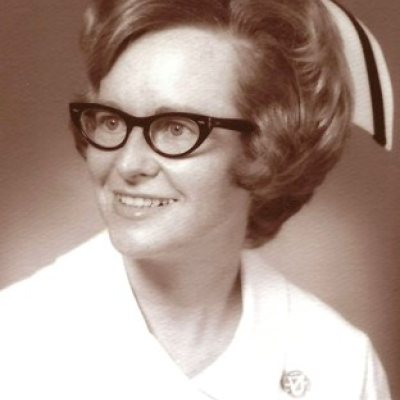
Delores Rae Gordon
Delores Rae Gordon passed away peacefully on June 24, 2023, after a long struggle with Parkinson's and diabetes mellitus at the age of 89. Delores was born on January 9, 1934, in Boise, Idaho to Angela Marie Capp and Theodore Roosevelt Crossman at the height of the Great Depression, a global event which made a lifelong impression on the young girl. With the crushing economy, the family moved to Butte, Montana where Theo went to work in the copper mines owned by the Anaconda Mining Company. Delores went to Butte High School, where she met her future husband, Albert Gordon, and graduated in 1952. That same year, the couple married at the historic Finland Hotel with Rabbi Benjamin Kelson of the B'nai Israel Temple officiating. The couple then moved to Los Angeles, California. Tragically, on Delores's birthday in the late 1960's, Al was struck by a car where he sustained life-threatening and life-altering injuries. Delores handled the years-long crisis with dignity and strength but eventually, the marriage failed after 18 years.
Delores's older brother, John and younger sister, Donna preceded her in death.
Throughout her life, Delores had two great passions. The first was her three children: Jon (Jo Anne), a retired law enforcement officer; Tamara (Jeffrey), a dedicated homemaker; and Charles, an architect. All three children have survived their mother. Delores is also survived by her grandson, Jon's child, Daniel (Stephanie), a career solider, and his two children, Patrick, who at age 18 is still trying to figure life out and James, 20, who hopes to own a 3-D printing business. Delores is also survived by Sarah (Paul), Jon's stepdaughter, a church business administrator. They have two children: Annabelle, age 7 and JR, age 10. Tam's son, Matthew (Janae), graduated the U.S. Naval Academy and is a naval aviator. They have two children: Jas, 22 months and Jessenia, 9 months. Tam's daughter, Jenna (Michael), operates two businesses with her husband, Wine and Design and Karcher Roofing. They have four children: Matthew, 16; Grace, 14; Gabriella, 12; and Phoebe, 10. All are completing their primary educations. All of Delores's great-grandchildren have survived her.
Delores's second great passion was nursing and helping others. She graduated from Los Angeles Valley College in June 1970 with an Associate in Arts in Nursing and became a Registered Nurse immediately thereafter. Never forgetting the economic realities of her childhood, Delores always worked two to three jobs. After receiving her RN, Delores went to work as a nurse, instructor, and nursing supervisor at the Sherman Oaks Community Hospital Burn Center in Van Nuys, the largest private burn unit in the country, where numerous cutting-edge treatments and surgical procedures were pioneered. She also worked as an RN for Air Medic providing inflight care to critically ill patients. During the same period, Delores worked part-time at Van Nuys Community Hospital, a 60-bed medical and surgical facility, as a supervisor. After 17 years, Delores left the burn unit to work as a nurse and charge nurse at Granada Hills Community Hospital, a facility specializing in low-risk labor and delivery and postpartum care. She worked there for 15 years, until her retirement in 2003. While at Granada Hills, Delores worked in high-risk labor and delivery at Northridge Medical Center in Tarzana and as a part-time American Sign Language (ASL) interpreter for deaf teenage psychiatric patients at the Panorama Community Hospital in Van Nuys. She was also the relief supervisor for the medical and surgical units.
Delores was staunchly pro-union, having grown up in a mining town where deprivations–cave-ins, fires, and the like–were commonplace. While at Granada Hills, she fought the good fight and was instrumental in organizing Local 399 of the Service Employees International Union (SEIU) and became a steward.
Aside from nursing, Delores loved teaching and advancing the profession. At various periods throughout her career as a nurse, she was a volunteer preceptor and instructor at the College of the Canyons in the obstetrical nurse internship program and was a clinical teaching assistant at Los Angeles Valley College providing instruction to student nurses in labor and delivery.
Retirement did not slow her down. In 2003, Delores left Los Angeles and returned to Butte where she volunteered for the Red Cross and was deployed to Florida for Hurricanes Charlie and Francis. There, she helped establish emergency shelters and first aid stations. She then volunteered as a nurse with Project Vietnam, a country that she found fascinating. In Hanoi and Long Son, Delores worked as a surgical circulator during cataract surgeries and taught CPR and neonatal resuscitation to 240 Vietnamese nurses. She then volunteered for the Mercy Ships, an organization that provided professional medical services to children, teens, and adults living in impoverished nations who were suffering and dying from treatable conditions. While assigned to a Mercy ship, Delores worked in Ghana, West Africa providing medical and surgical care to the local population.
In March 2011, Delores moved to Weslaco suffering from Parkinson's disease and was admitted to the medical center of John Knox Village. Shortly before her death, during a quiet conversation with Jon, she reminisced and observed, "I had a good life. It was a hard life, but it was a good life." Several months later, Delores, who had always had piercing blue eyes, slowly shut her eyes permanently and drifted away. Hers was a life well-lived, despite the tremendous heartaches and hurtles that she was compelled to surmount. She will always be in the hearts of the people who knew her and loved her.
•
Remembering Delores Rae Gordon
Use the form below to make your memorial contribution. PRO will send a handwritten card to the family with your tribute or message included. The information you provide enables us to apply your remembrance gift exactly as you wish.

